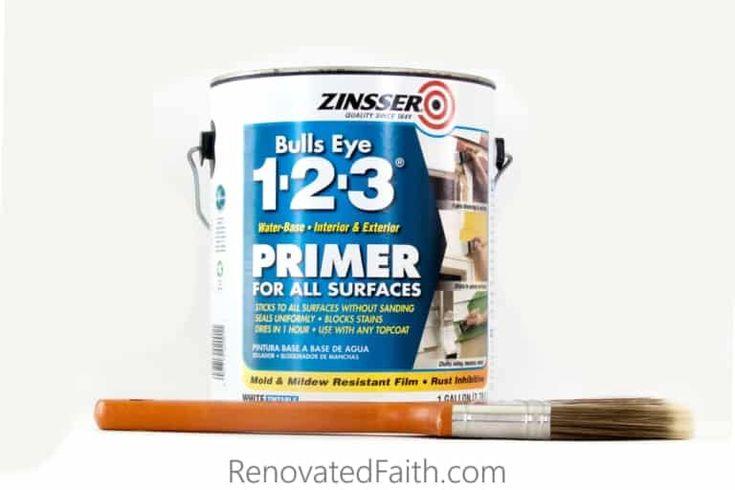The Pros and Cons of Chalk Paint - Point2 News
As the weather grows colder, now is the time to plan which home improvement projects you’re going to tackle this winter. There are few endeavors quite as satisfying as making something worn or outdated look new and beautiful again. So, before you give up on an old piece of furniture or decor, consider a coat of paint to give it new life.
If you’re looking to make an old piece look extra special, chalk paint offers rich colors and a silky matte finish. It’s become a favorite for vintage and shabby-chic makeovers, but the saturated colors go with almost any style. Here are the pros and cons of working with chalk paint to help you decide if it’s right for your project.
Pro: No Prep Work
One of the most challenging parts of any painting project is the prep work. You have to sand, clean and prime most surfaces before you can even begin painting. That’s a lot of work. One of the reasons so many people love to use chalk paint is that there’s no prep work needed!
Chalk paint adheres to most surfaces clean and dry without sanding or priming. Very slick surfaces will still need a light sanding to give the chalk paint some grip. But you won’t have to worry about stripping away previous layers of paint before you begin.

Pro: Good Coverage
Chalk paint is much thicker than regular paint and, as a result, you often only need 1 or 2 coats to cover a piece thoroughly. A can also lasts a lot longer than other paints since you need less to cover the same area.
Con: The Cost
Not only does chalk paint cost slightly more than latex or acrylic paint, but it also requires sealing and special tools. To get the durable finish that chalk paint is popular for, it requires a protective topcoat. The topcoat requires a special wax brush and, because the paint is so thick, a stiffer paintbrush works better. That means you have the extra expense of a wax or sealant as well as special brushes.
Pro: It’s Water-Based
Chalk paint is water-based rather than acrylic or latex, which means it has low VOCs (Volatile Organic Compounds) and barely any smell. And if you happen to make a mistake, it’s very forgiving. Spills and drips wipe up easily, and if you get it somewhere you don’t want it, you can just wipe it off.
Pro AND Con: Dry Time
Although chalk paint feels dry to the touch within minutes, it actually takes a long time to dry between coats. The quick initial dry time is definitely a pro as it helps keep messes to a minimum. Since the paint dries as you work, you don’t end up with paint all over your hands when you move on to other areas.
But to really ensure strong adhesion and a good finish, you should wait 24 hours between coats. This means it can take days to get a piece to just the right color. And that doesn’t even take into account sealing it or allowing it time to cure.
Pro: Durability
Although there are a few extra steps, once chalk paint has had time to cure, it creates a very durable finish. As the wax topcoat dries, it hardens and provides a finish that is resistant to scuffs and scratches.
Con: You Have to Wax It
While chalk paint is known for being durable, the paint alone won’t give you that tough outer layer. Without a protective topcoat, chalk paint can scratch easily. Waxing is a 2-part process that requires you to apply the wax with a brush and then clean and buff it to wipe away any excess wax.
An even bigger con is the very long curing time. The wax only takes about 24 hours to dry, but it needs almost a month to cure fully. And to keep its durable finish, chalk paint should be re-waxed every few years. More often if it is a high-use furniture piece.
As you can see, there are both pros and cons to using chalk paint. All in all, if you want a nice finish for your next furniture DIY, chalk paint can be a great choice.







